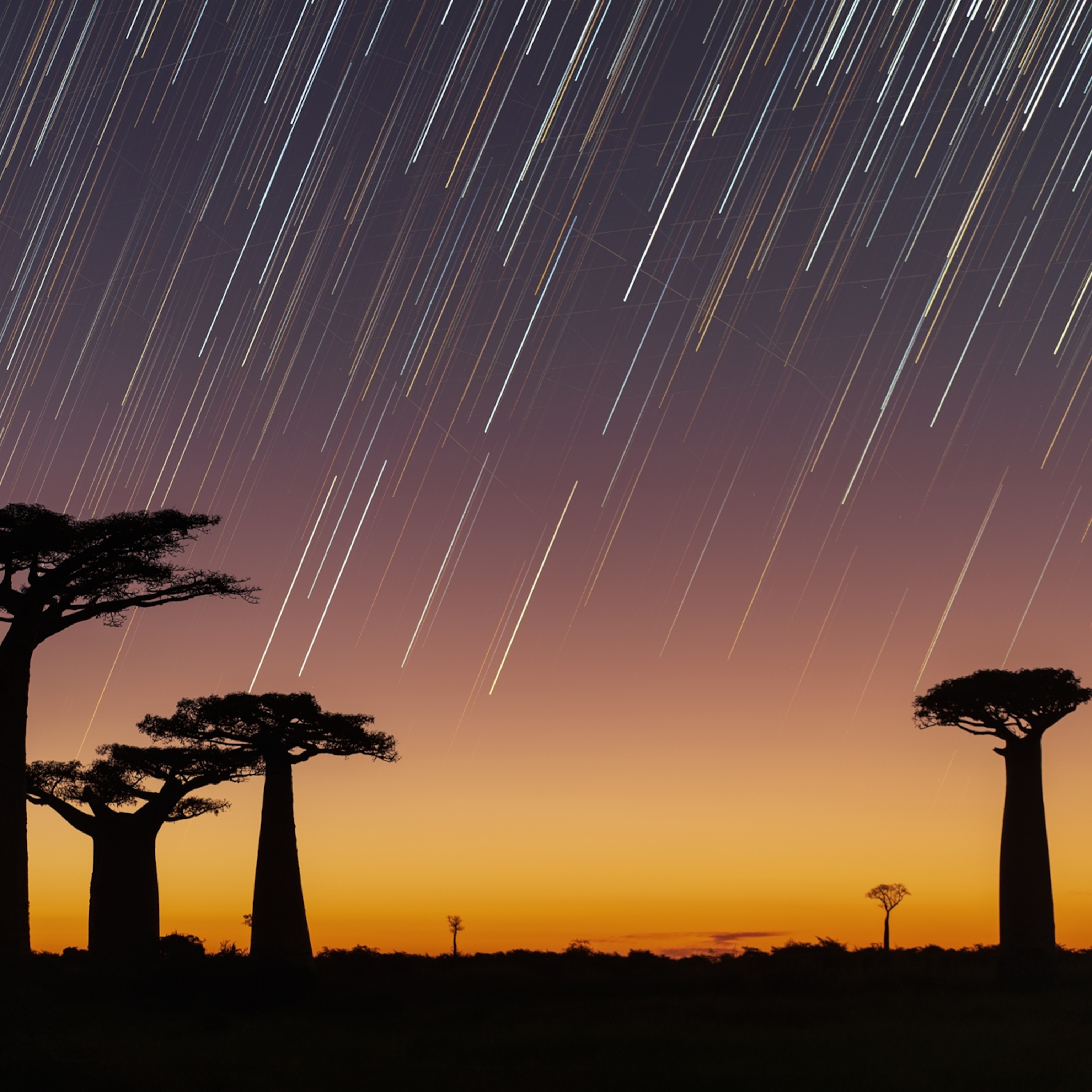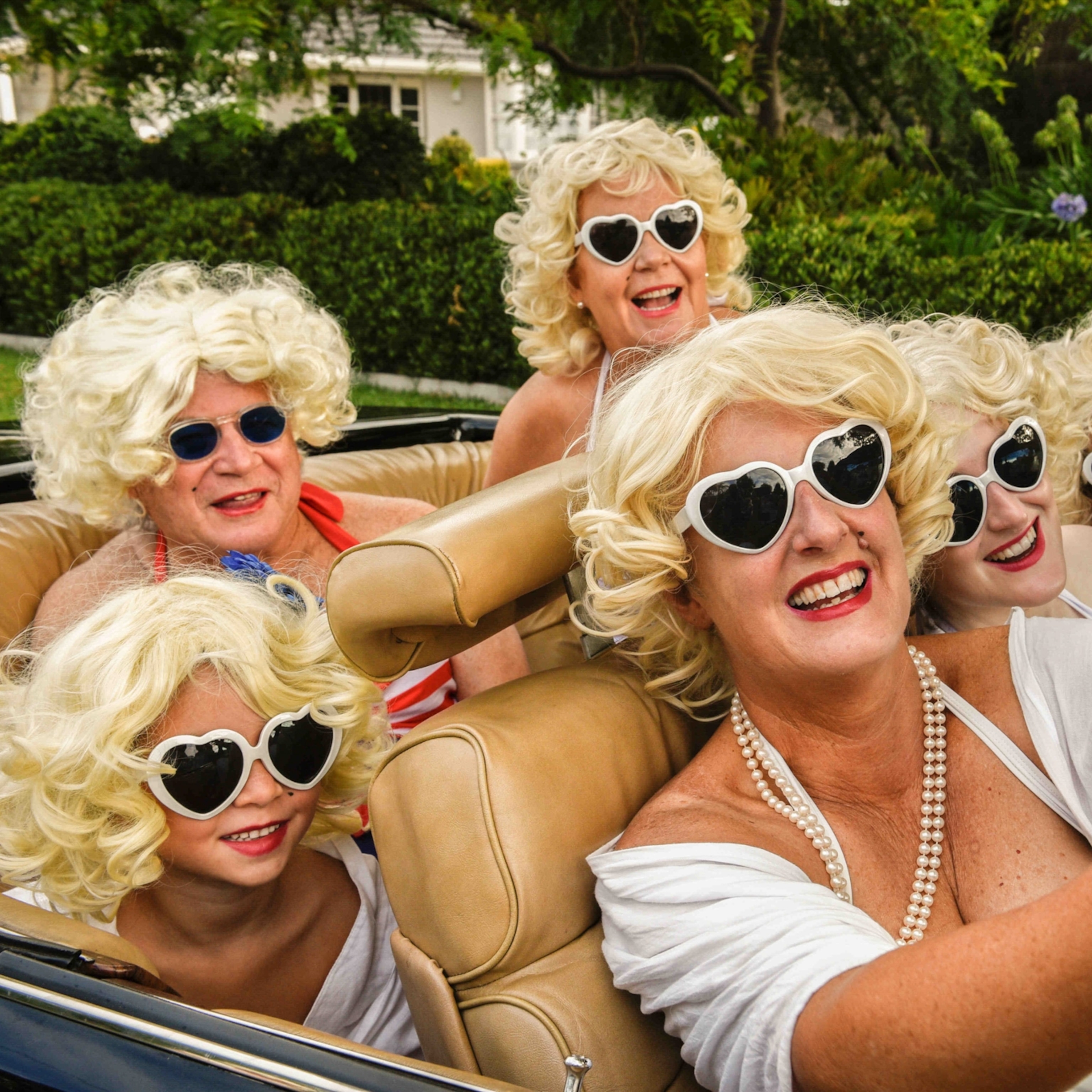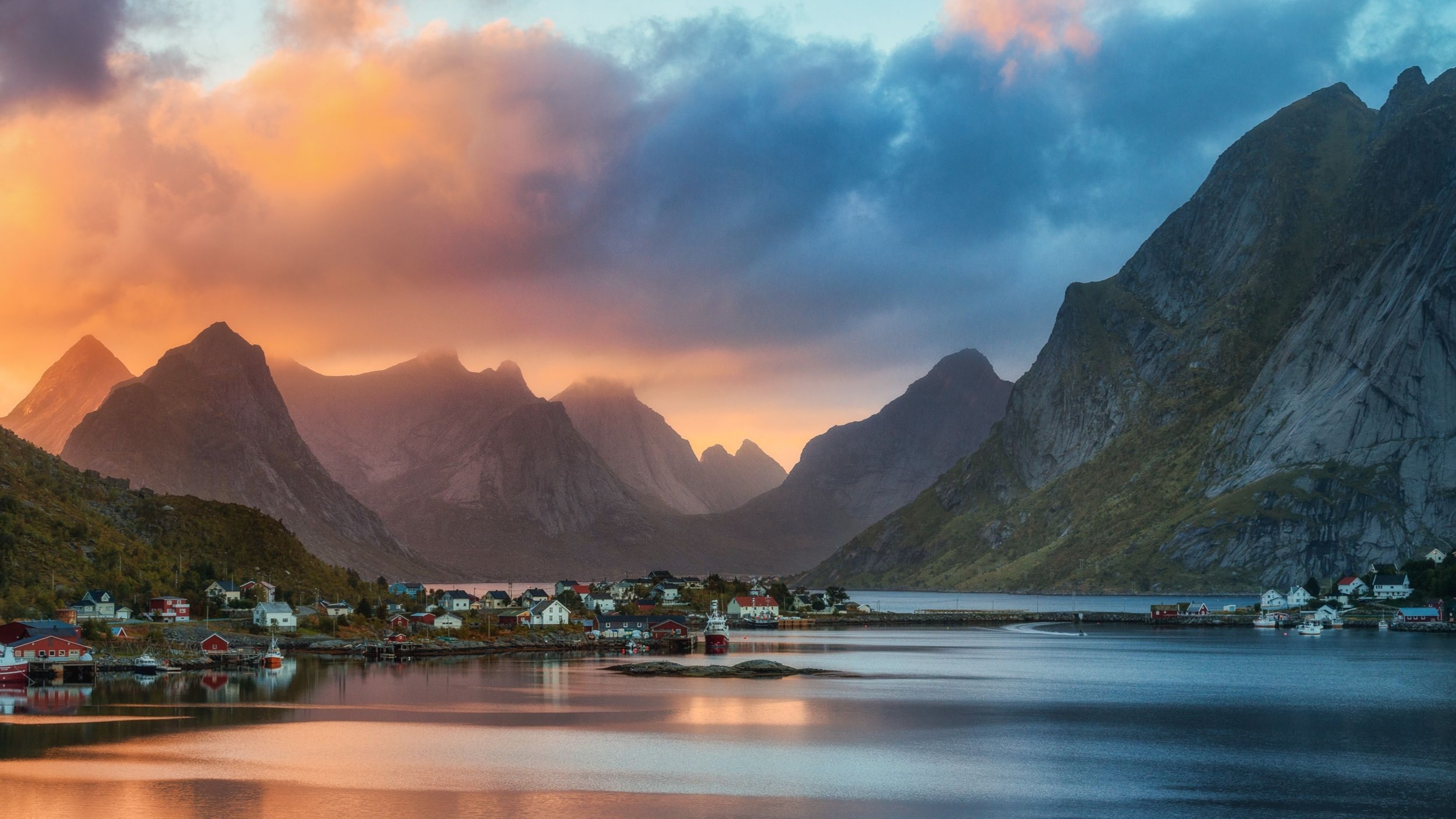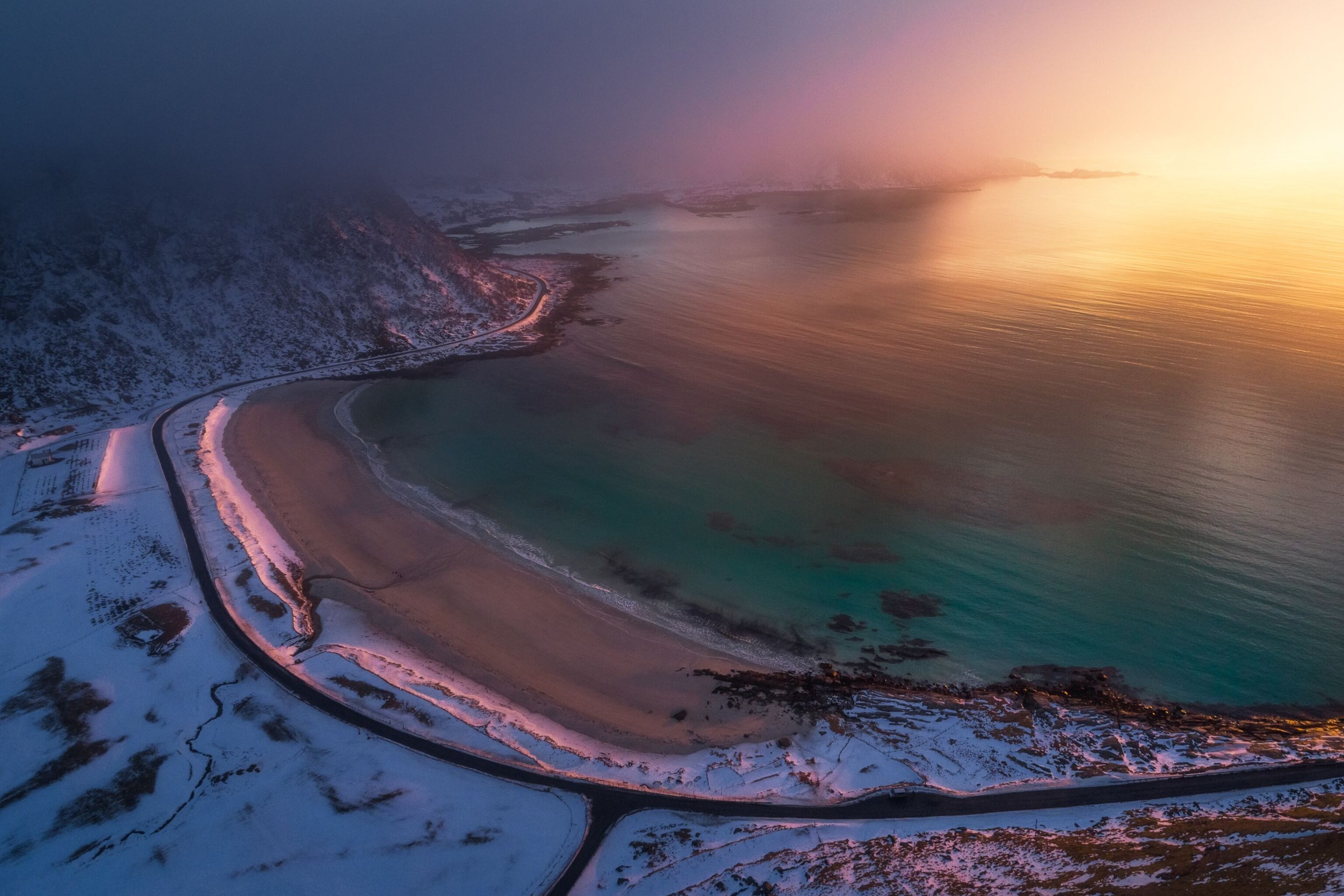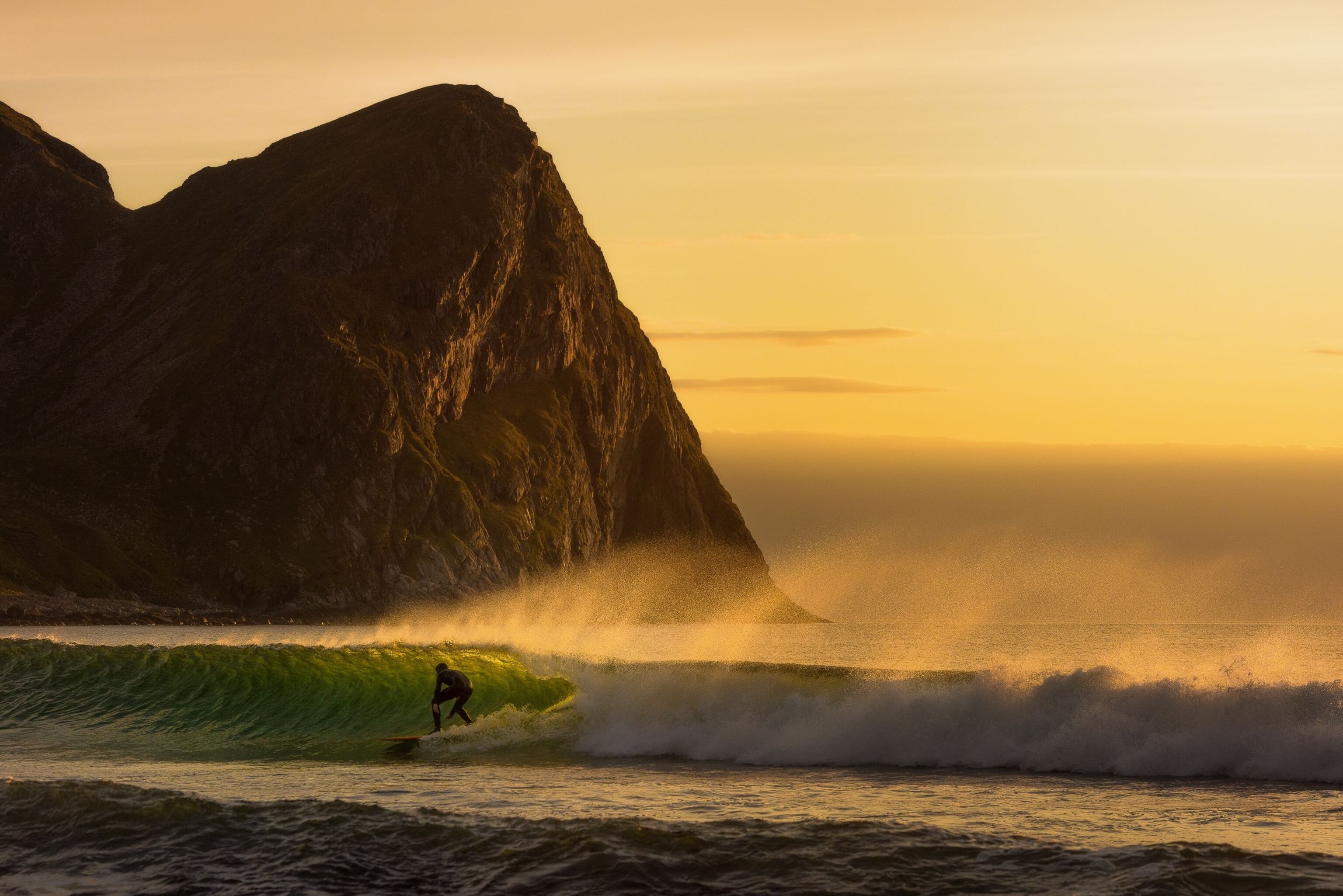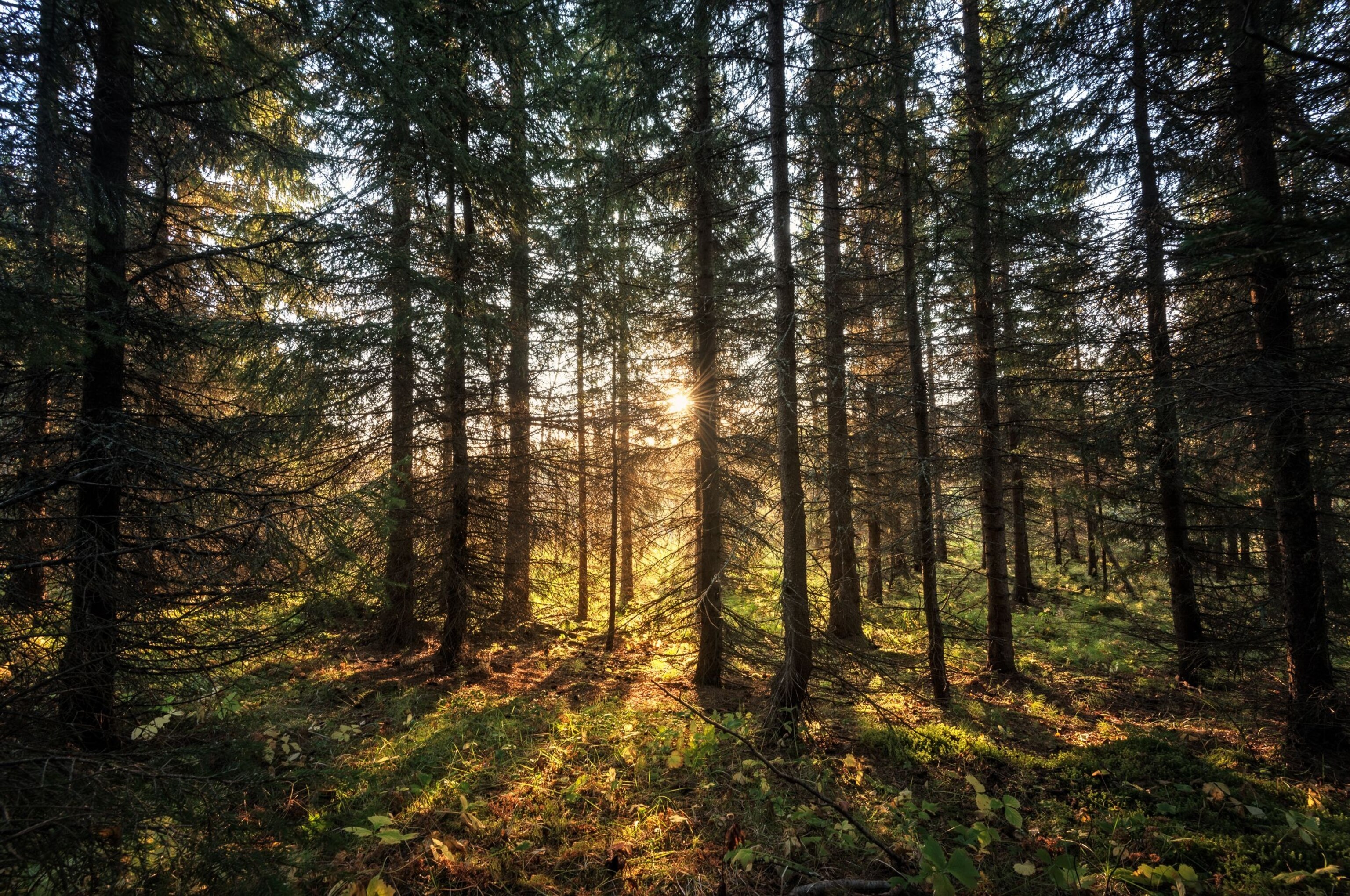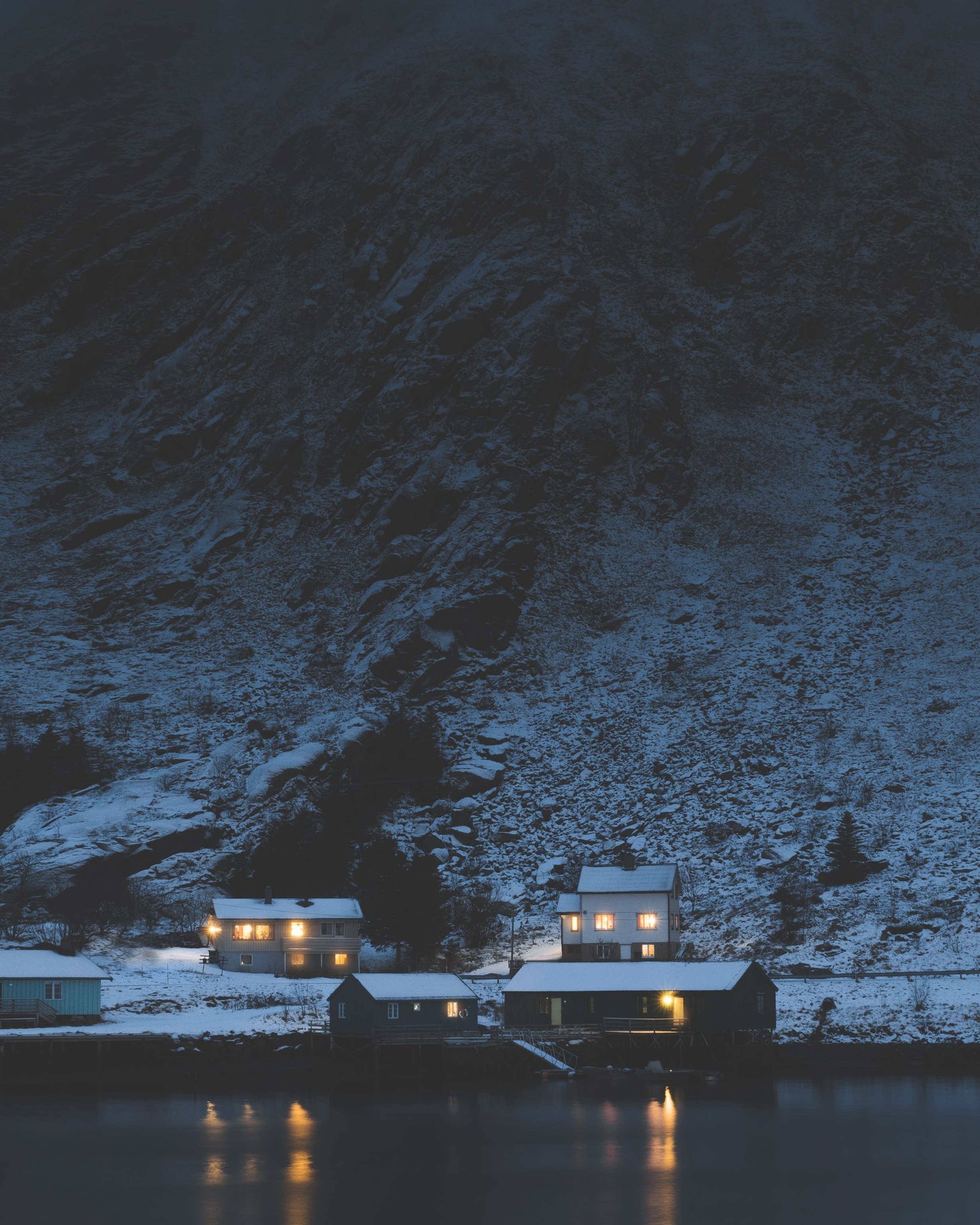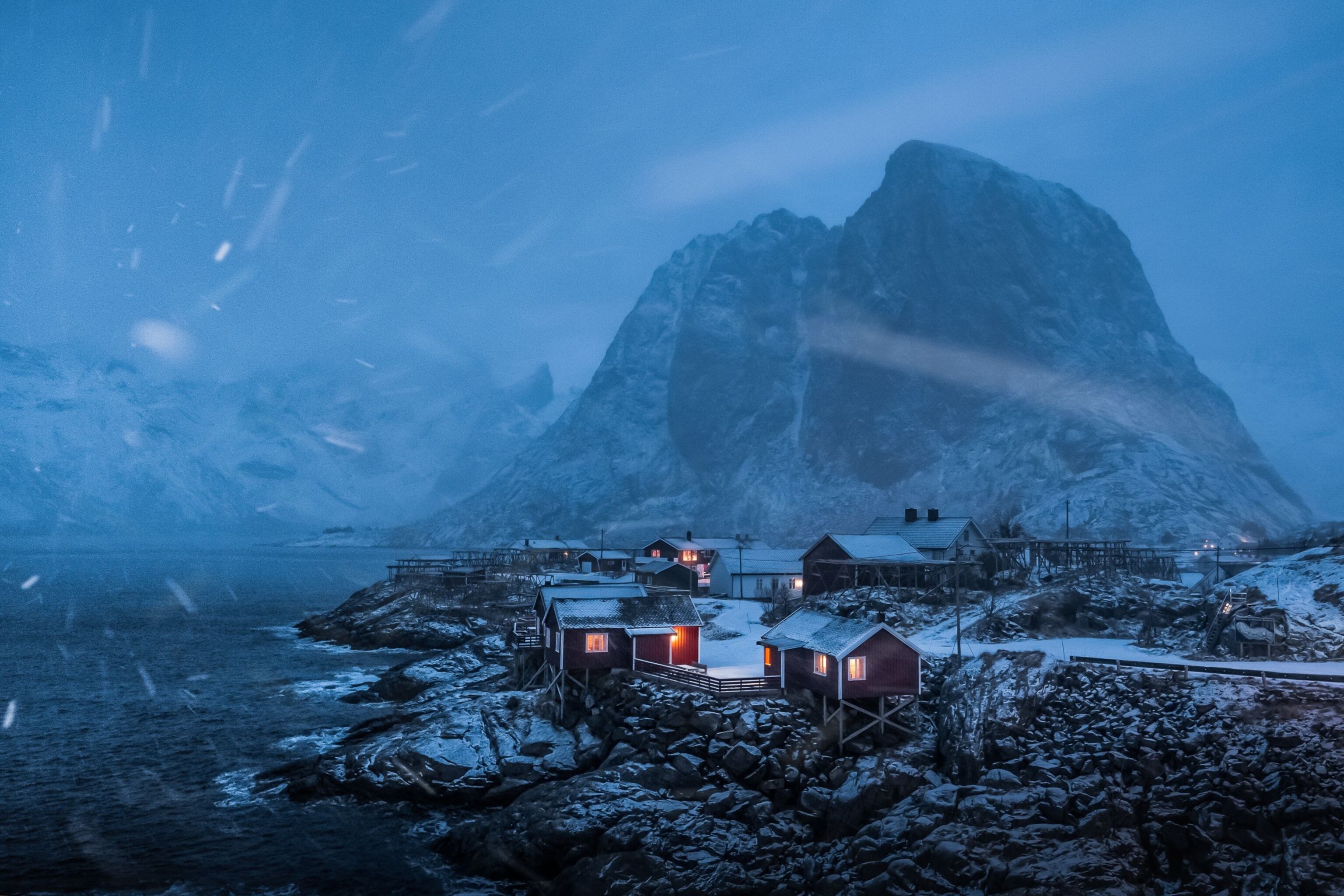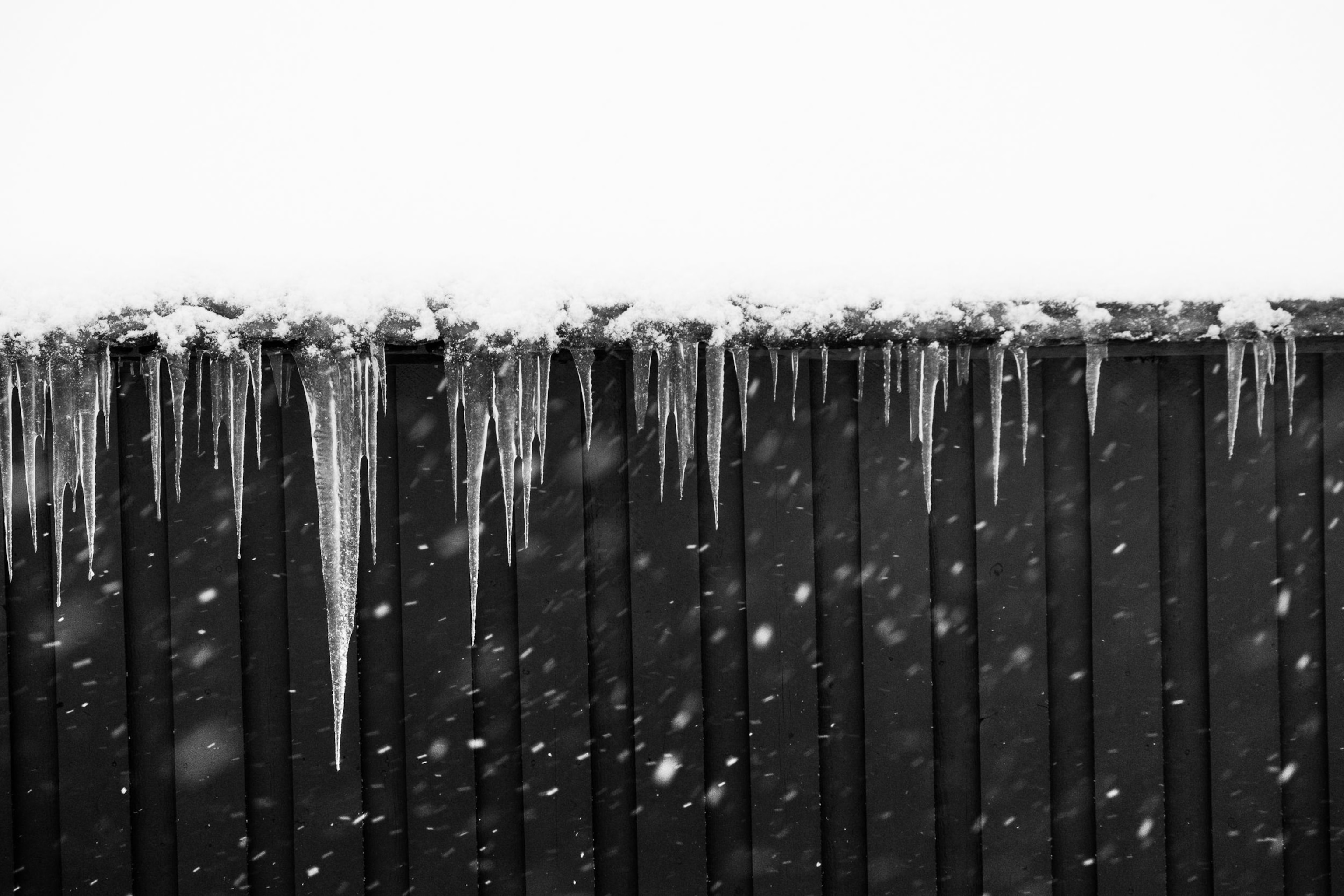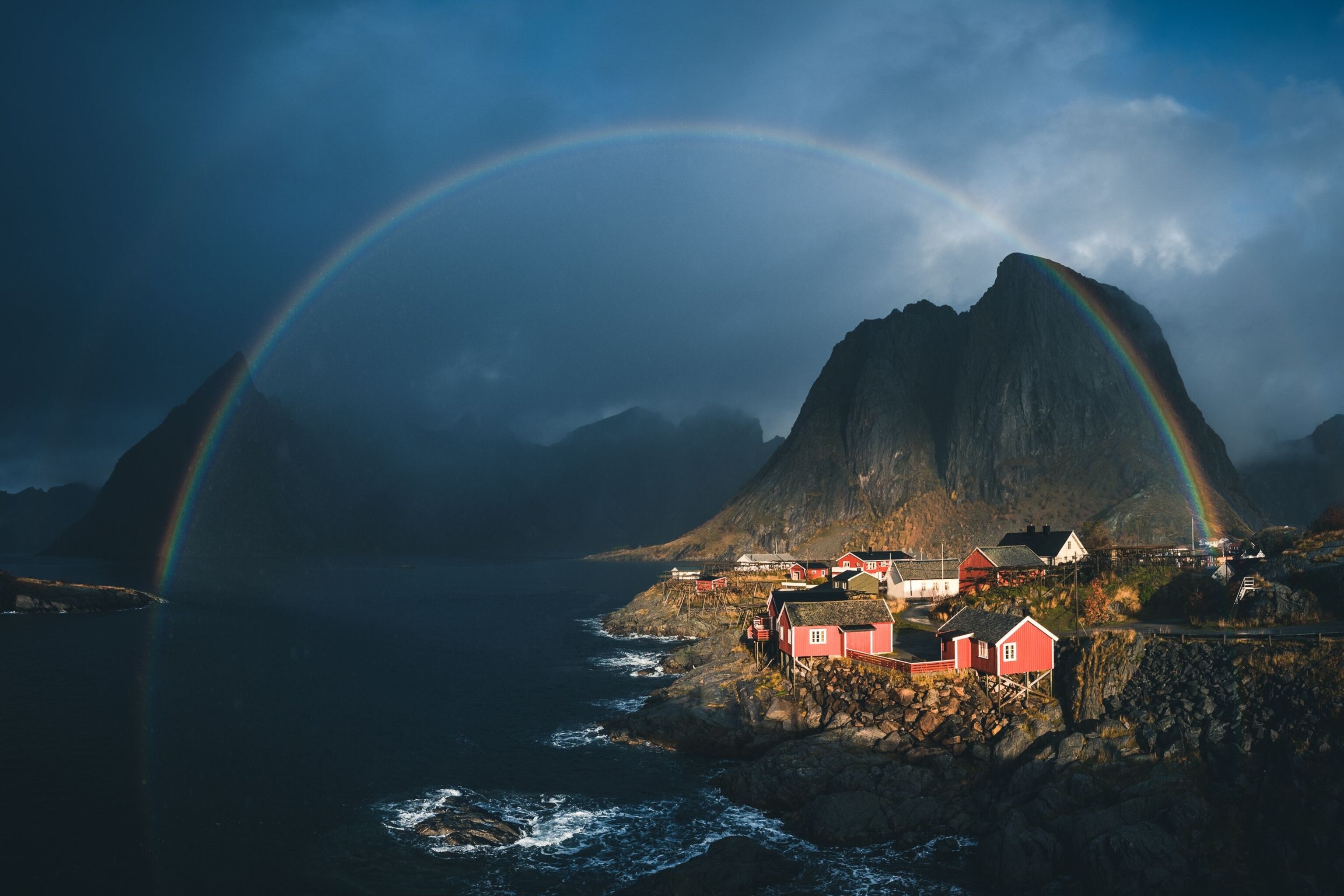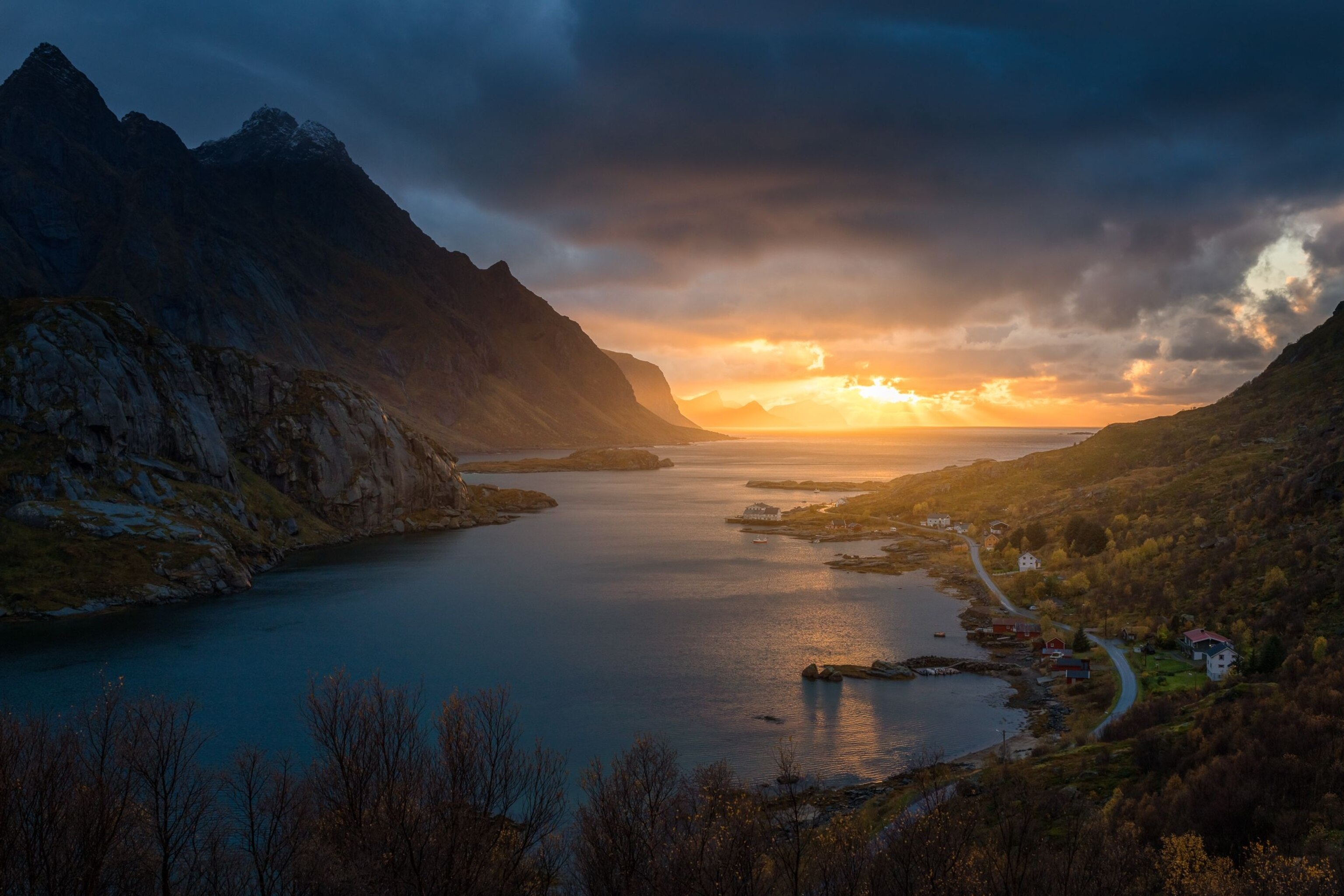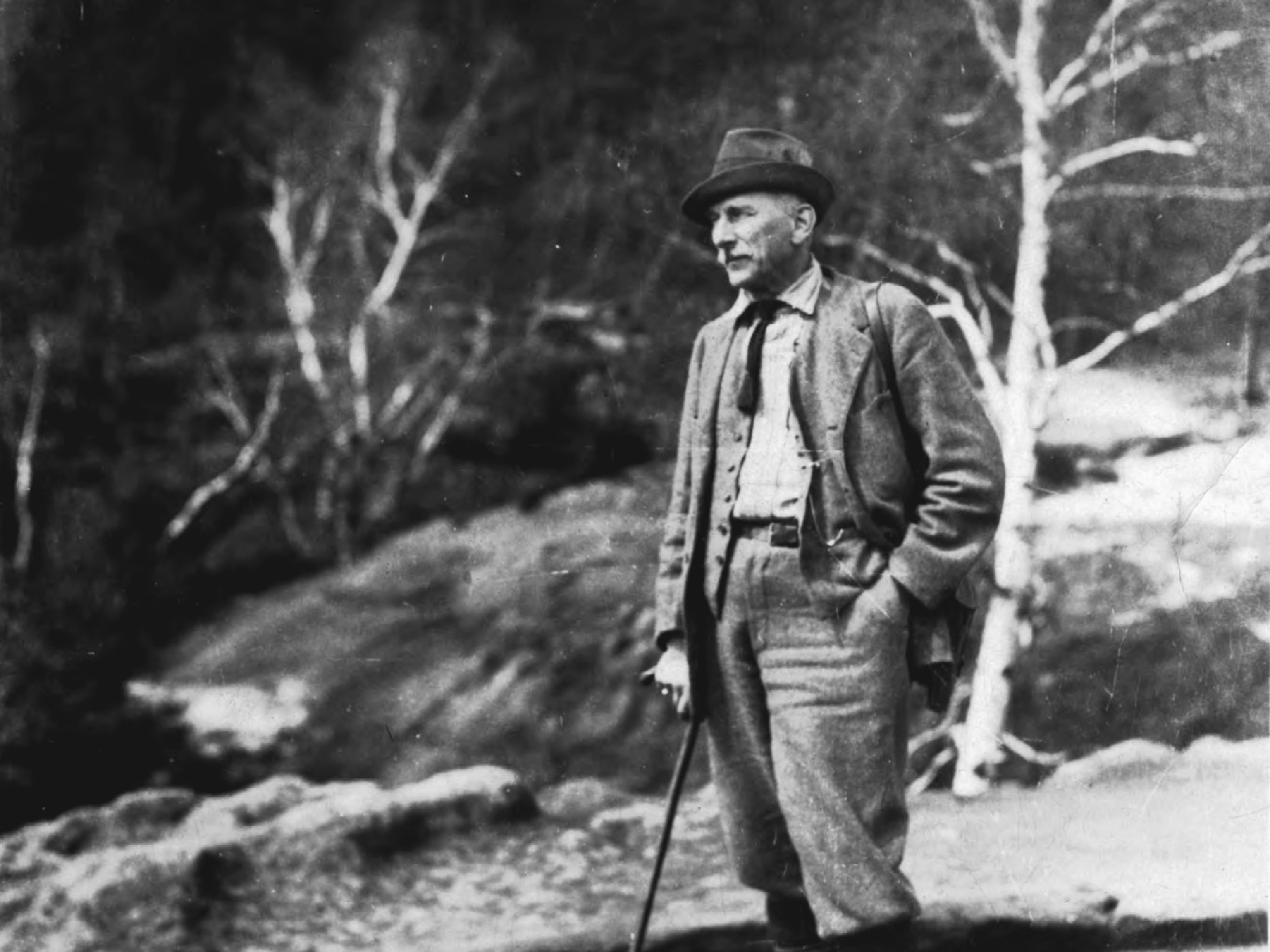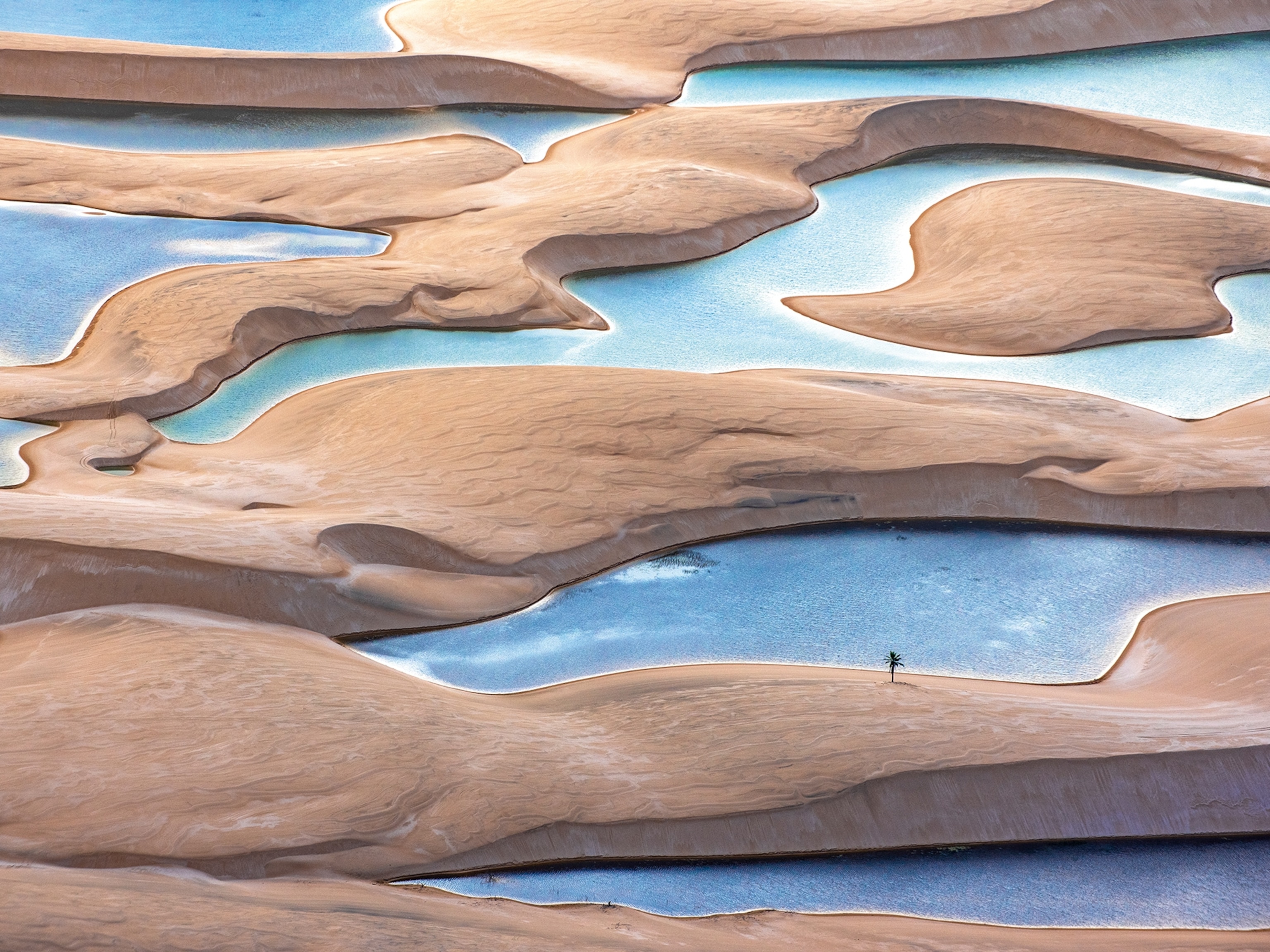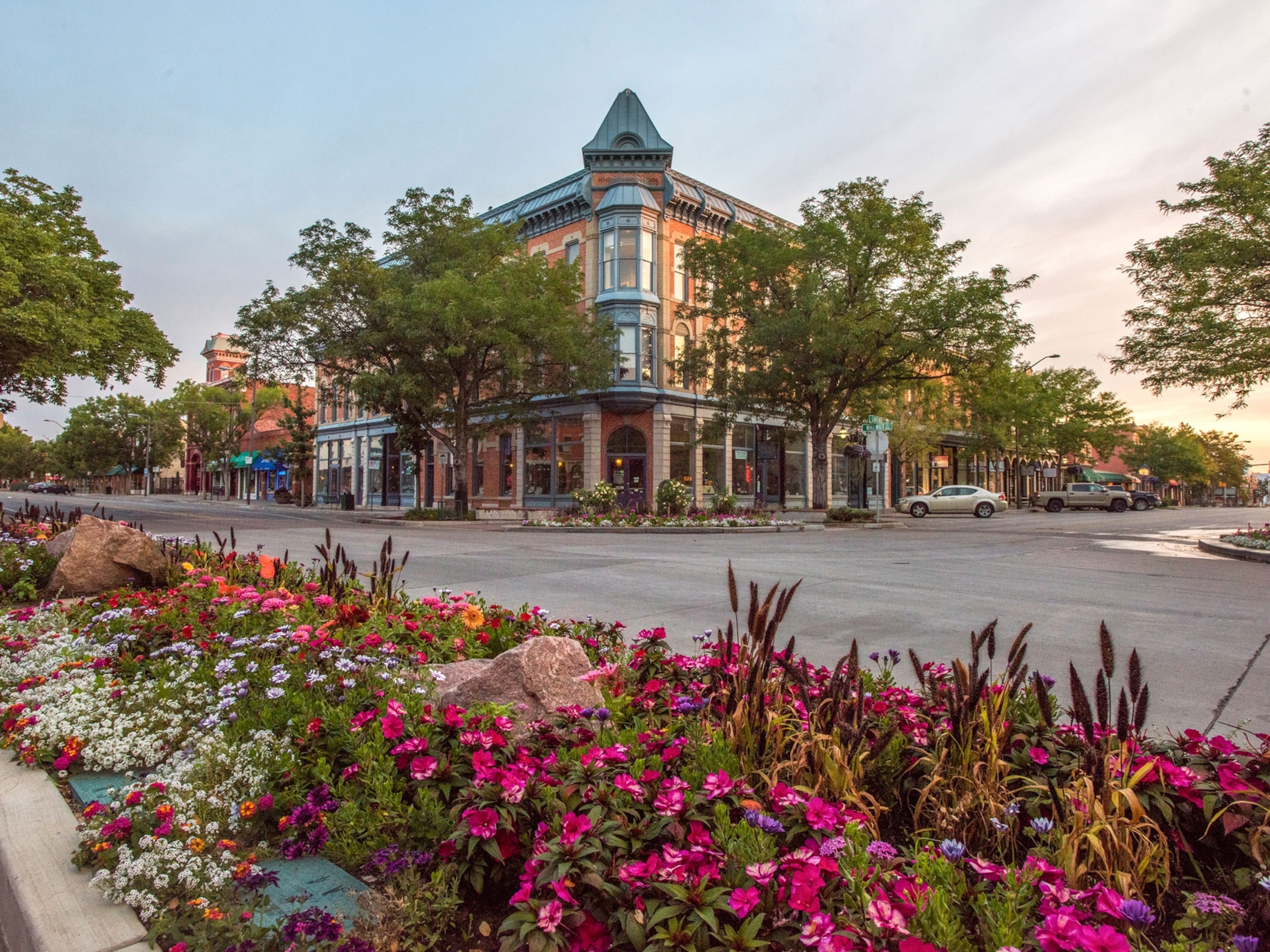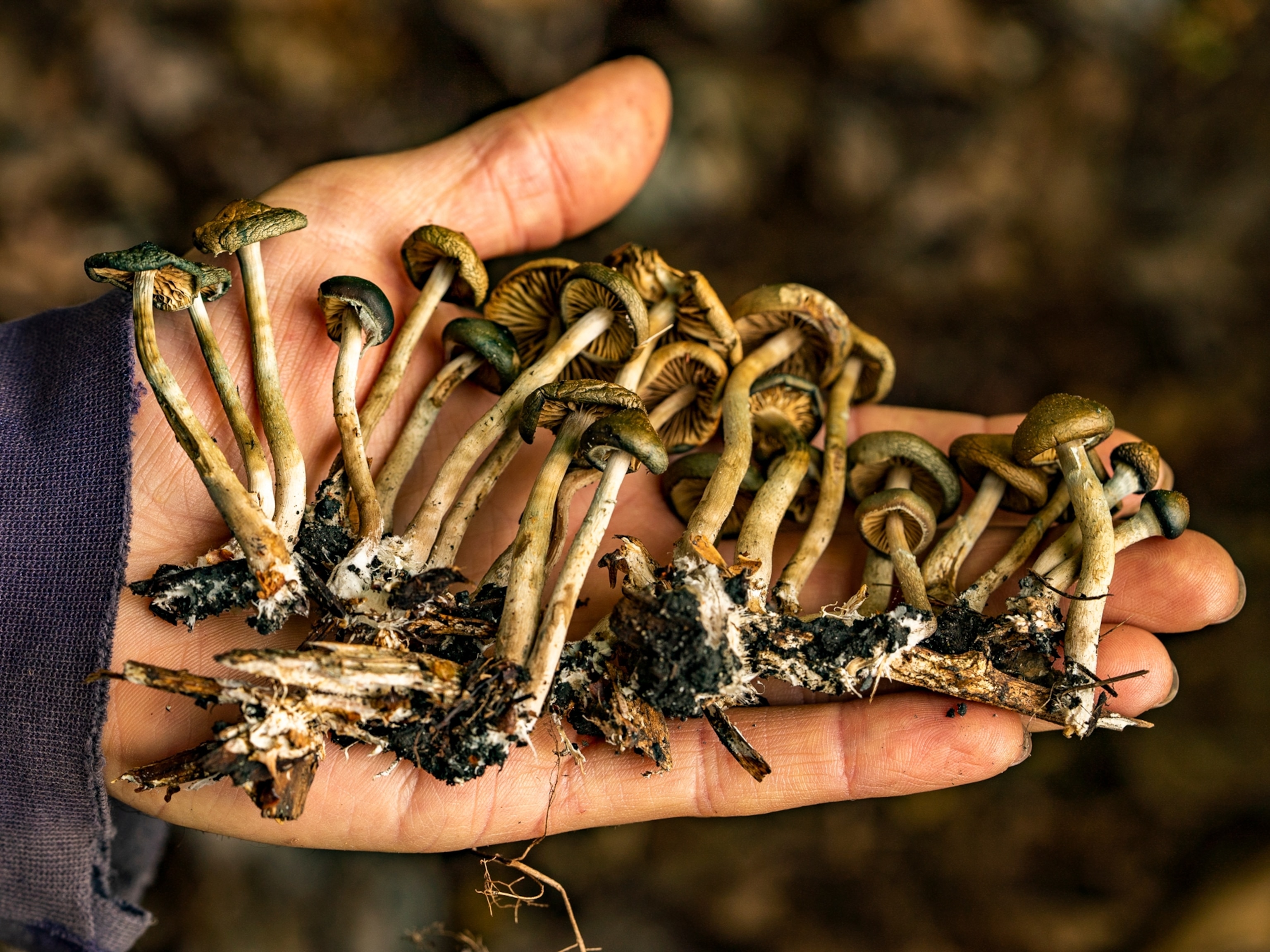This northern landscape inspires fantasy worlds
One photographer—who grew up above the Arctic circle—shares his tribute to the landscapes that inspired one of the most successful animated films of all time.
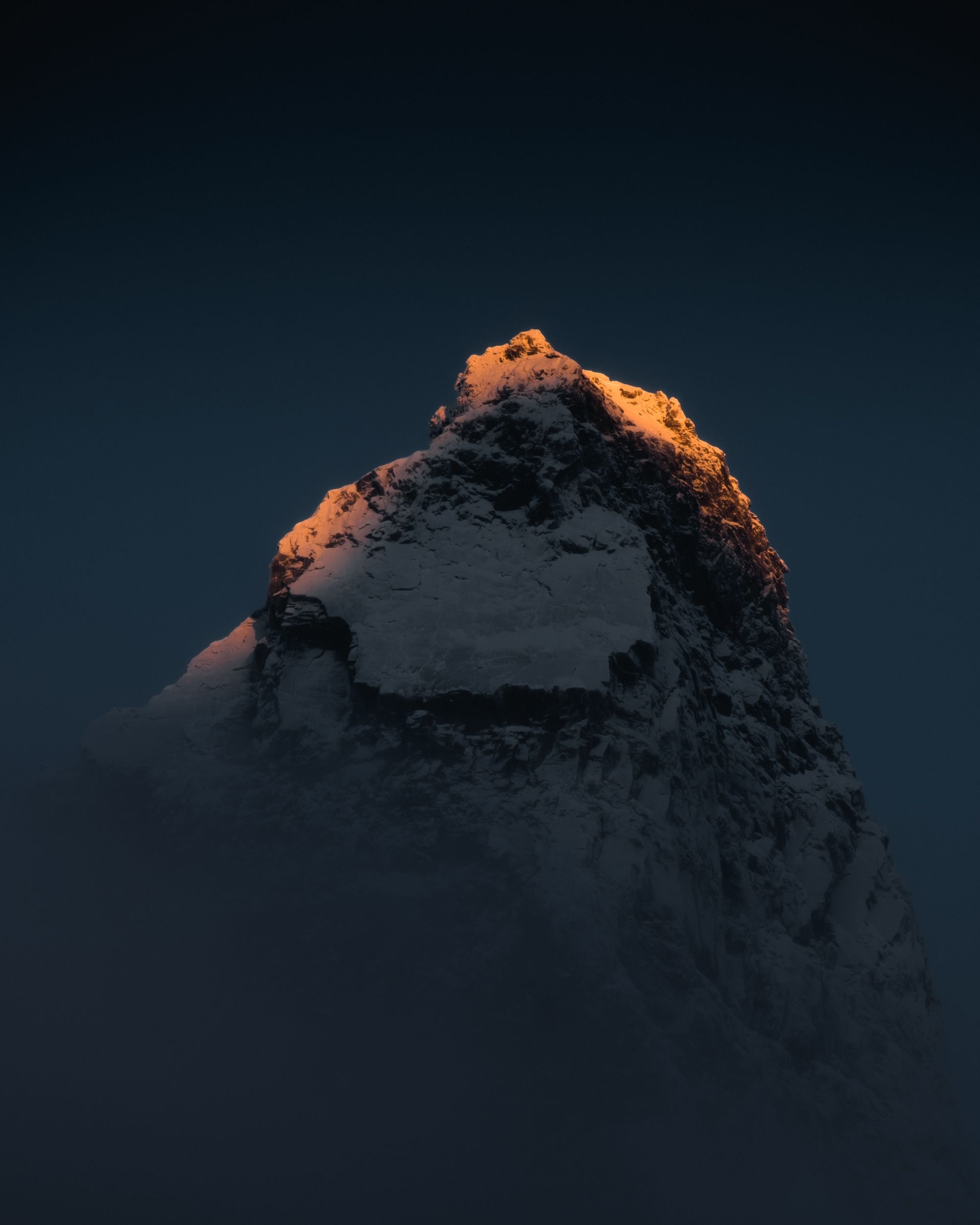
Deep-cut and steep sided fjords, mountaintops ballistic and snow-plastered, woods bursting with autumn color, and night skies alive with the glow of the northern lights—once said to be the vengeful spirits of the dead—in the clear, frozen air of an Arctic winter. This is, of course, the landscape of Norway: a collage of storybook woodland, mountain, frozen plateaux, and a coastline as intricate as its mythology. And both landscape and lore had a heavy influence on the identity of Frozen II—the sequel to the animated Disney megahit.
To photographer Stian Klo, these landscapes are not only very real – they are both his home and occupation. Based in Harstad, Norway, Klo was born and raised above the Arctic circle amidst the environment he would later come to photograph. Living and working in such a place, he says, is a world of compromise between the elements and of the landscape's photogenic qualities.
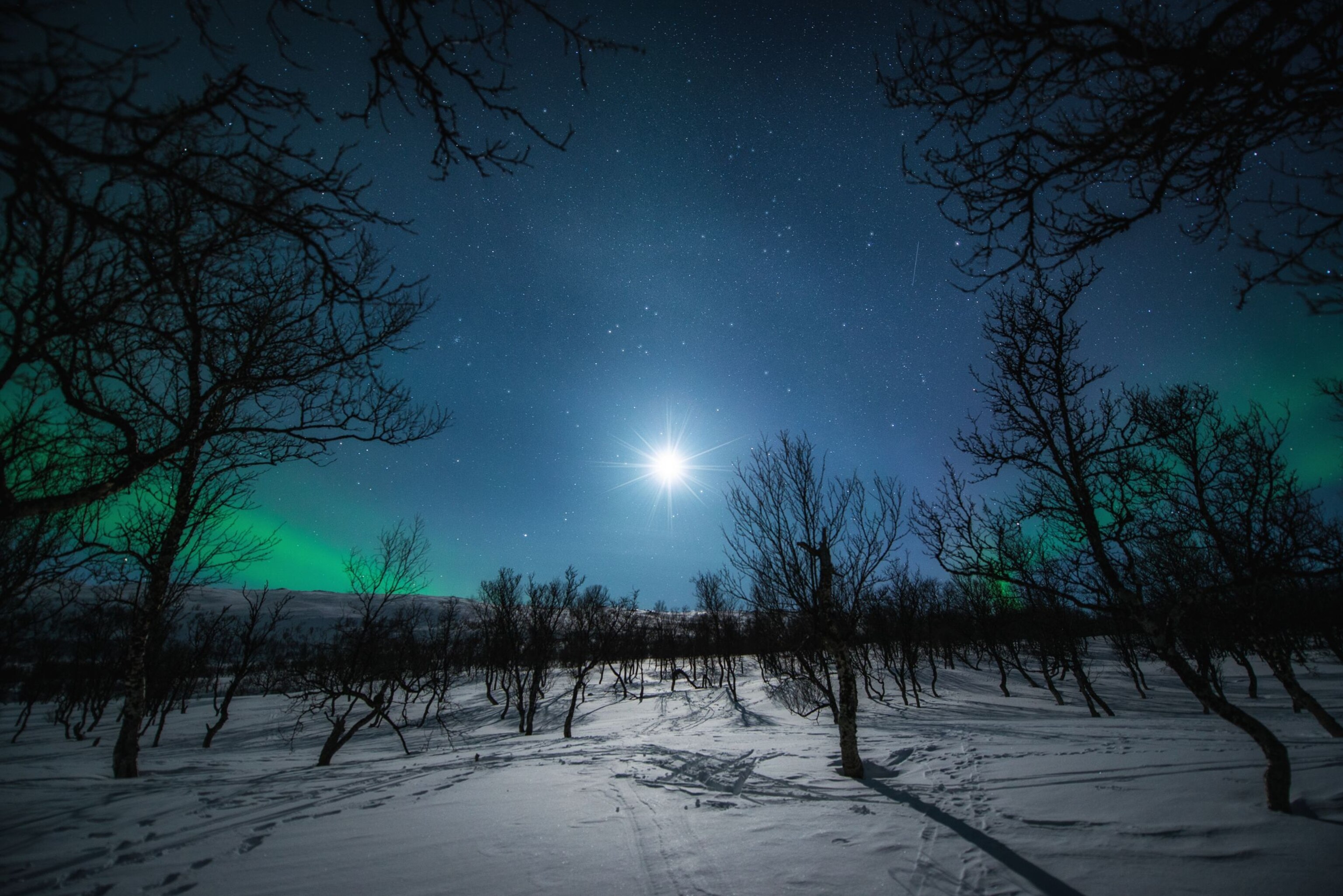
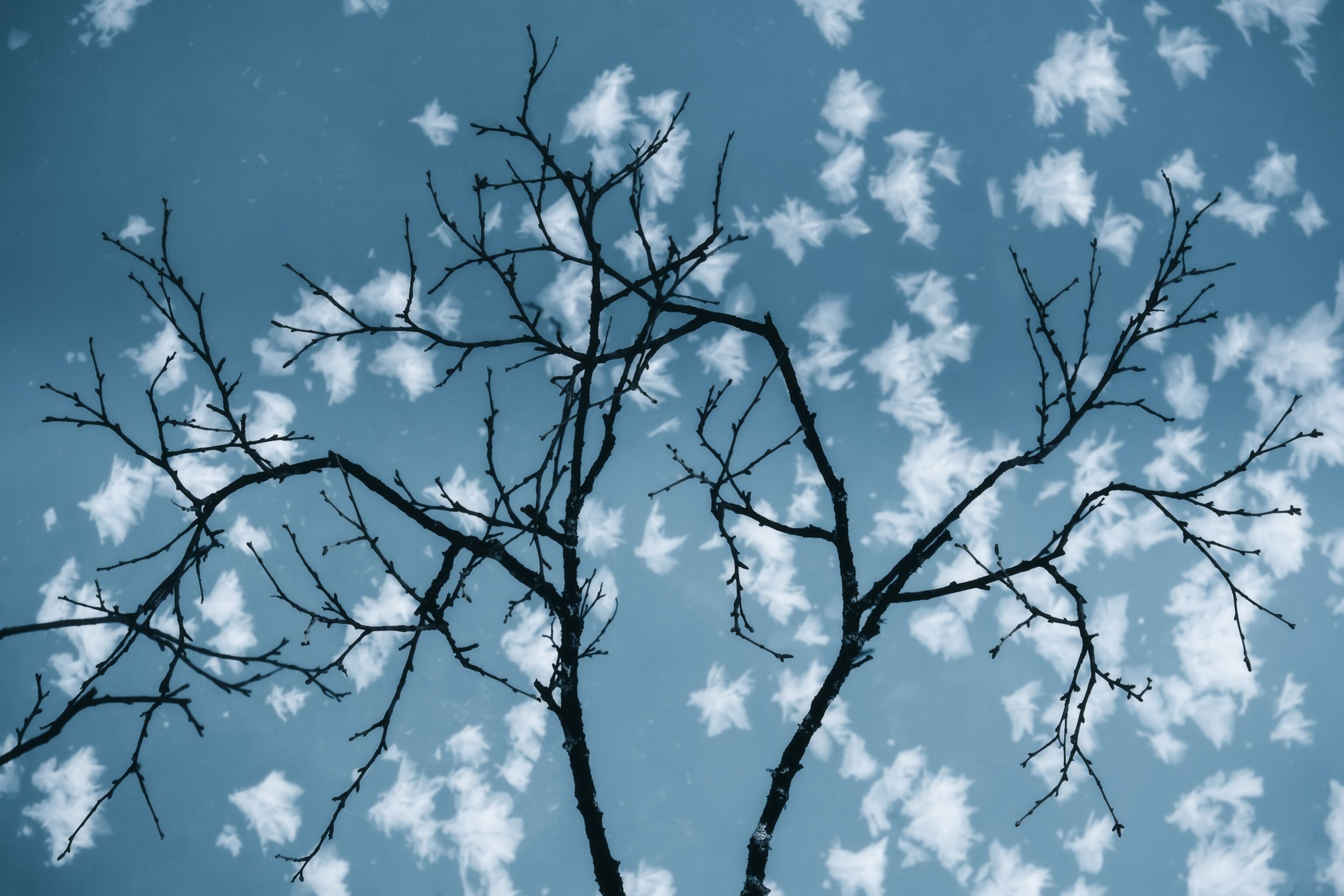
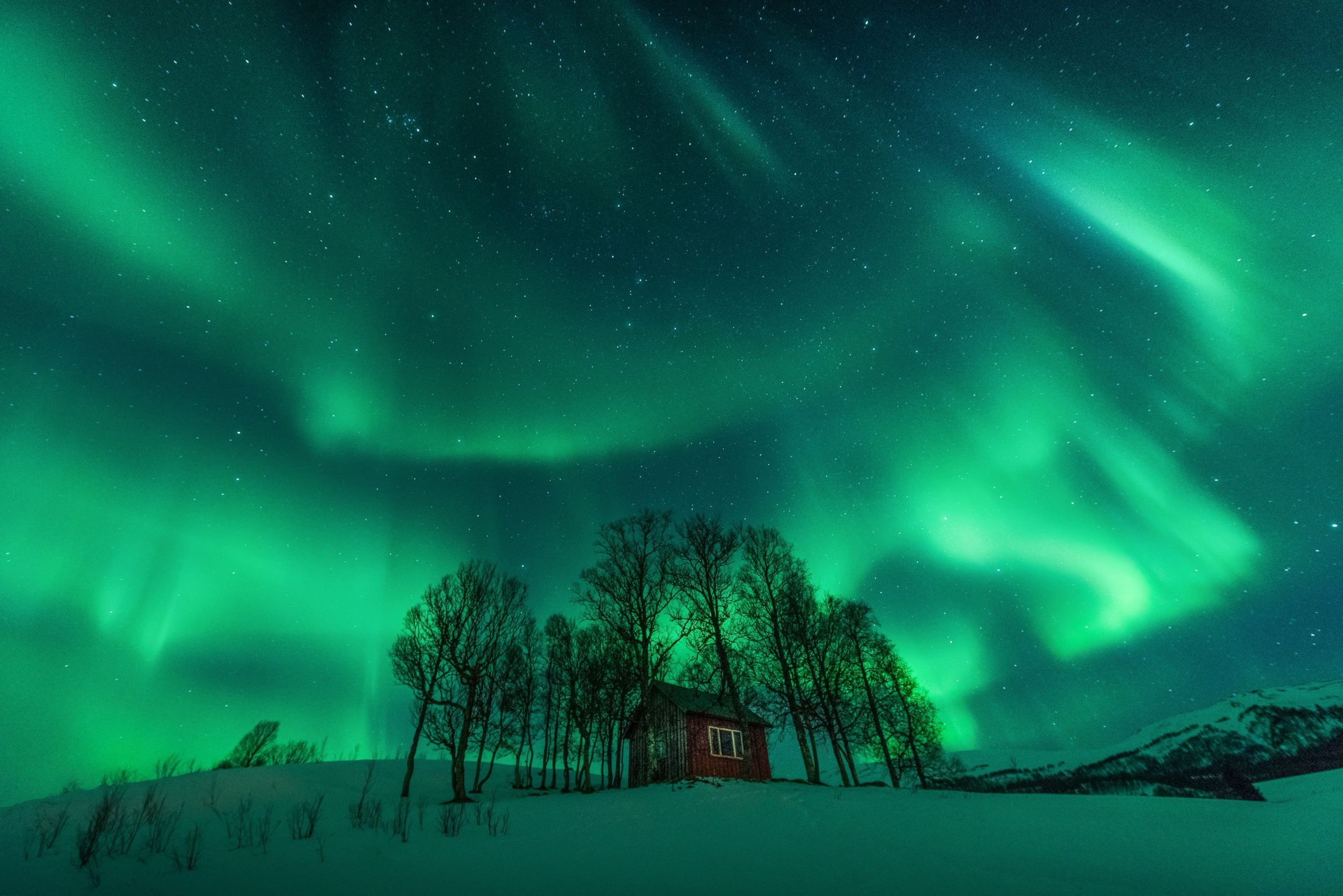
“I've often been told we're spoiled up here,” he says. “In the Arctic north where I live, the landscape is raw and at times brutal, as we are exposed to the elements at our doorstep. That being said, I fear we sometimes forget how incredibly lucky we are to be able to call this our home.”
Freeze-frame
Some of the most photographically famous locations are near the sea—which are often spared the more extreme temperatures felt inland. Parts of Lofoten are thought the most northerly locations in the world where the year round average temperature sits above freezing. But even a comparatively mild maritime climate can't escape the quirks of their extreme latitude, with the so-called ‘polar night’—the period of the year when the sun remains below the horizon—lasting from December to January in Harstad, Klo's base. But in the winter weeks either side of this dark chapter of the year, the region becomes a low-lit wonderland. “I'm a big fan of winter photography,” he says. “Everything just shifts character. Also the light in winter is a lot more photogenic because of the low angle of the sun [before and after the darkness], which means we get really long and soft sunrises and sunsets in the winter months. Not too mention the dark nights, and northern lights possibilities.”
A land of verticality
While the Arendelle in Frozen II is a fantastical realm free from the constraints of reality, the Scandinavian influence is clearly identifiable—from the style of the buildings to the mythology and culture. But it’s the scenery that speaks the loudest of all. A contingent of the film's crew undertook a field trip across Norway, as well as Finland and Iceland to gather inspiration, and it wasn't just the ice and snow that caught their eye. Playing on the theme of change, the film's colors are more akin to autumn than the blue-tones of winter—with production designer Michael Giaimo particularly taken with the height of the trees, which he described as “incredible,” adding they work so well in the setting of the film as its aesthetic is “based on verticality.”
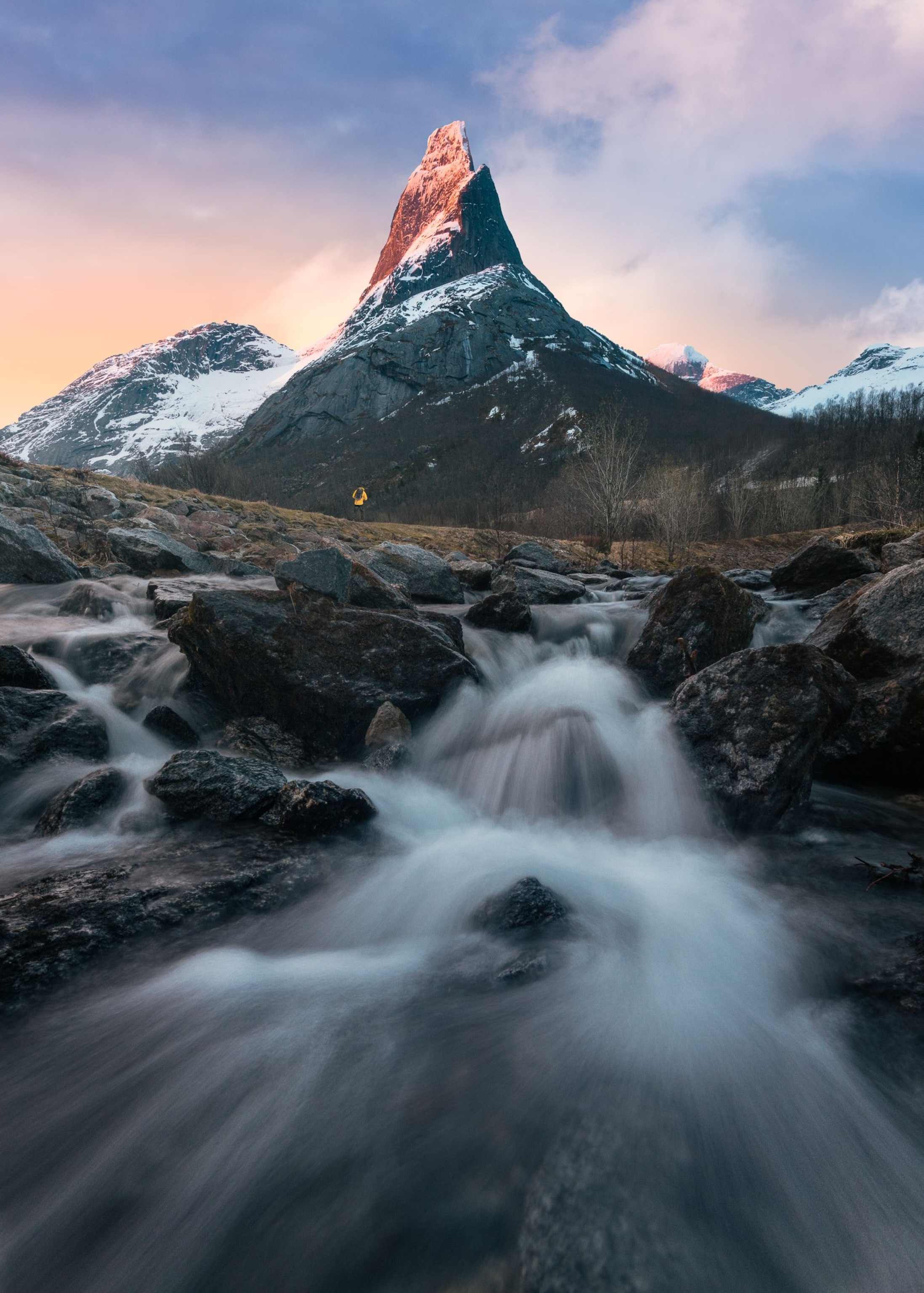
Verticals are indeed everywhere in Norway—from the ballistic spires of the mountains, the steep sides of the fjords and the coniferous forests that blanket over thirty percent of the country. But it's an archipelago a further 500 miles north of Norway's northernmost tip that holds the biggest lure for Stian Klo. “It's hard to choose a specific location, but Svalbard is the most photographically inspiring place for me personally,” he says of the Norwegian territory.
Social bounty
Norway is a definite breakout star of Instagram in recent years – with selfie hunters seeking out airy positions and glacier-deposited erratics upon which to bag a snap. The most famous of these is the Trolltunga, or ‘troll tongue’—a diving board-like ramp of rock precipitously overlooking Lake Ringedalsvatnet in the fjordlands of the west. Trolltunga has achieved notoriety for manipulations of images in the interests of making the subject appear perhaps unwisely over-intrepid. Cue, tents, acrobatics, yoga and daring leg-dangles over a drop of 700 metres.
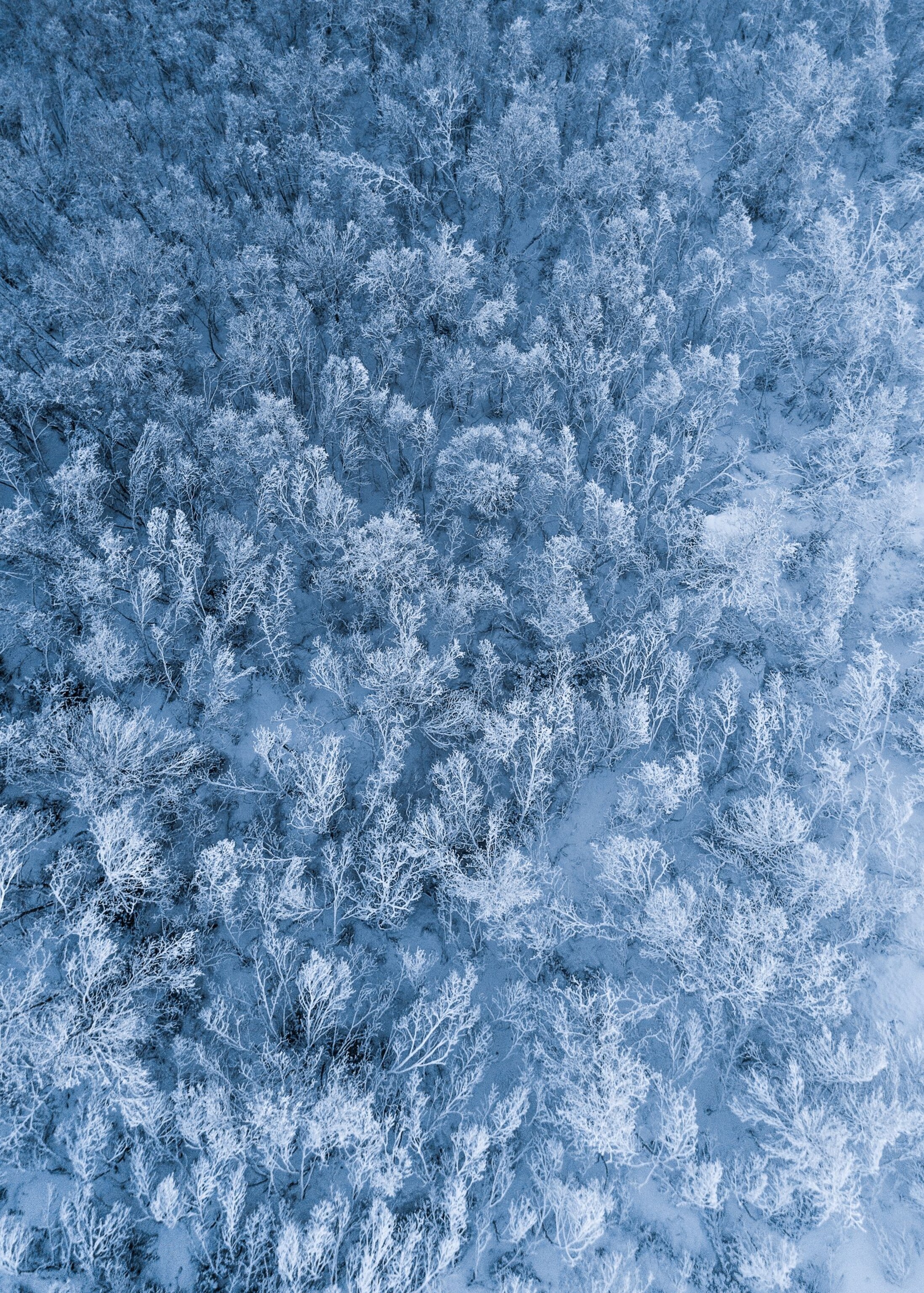
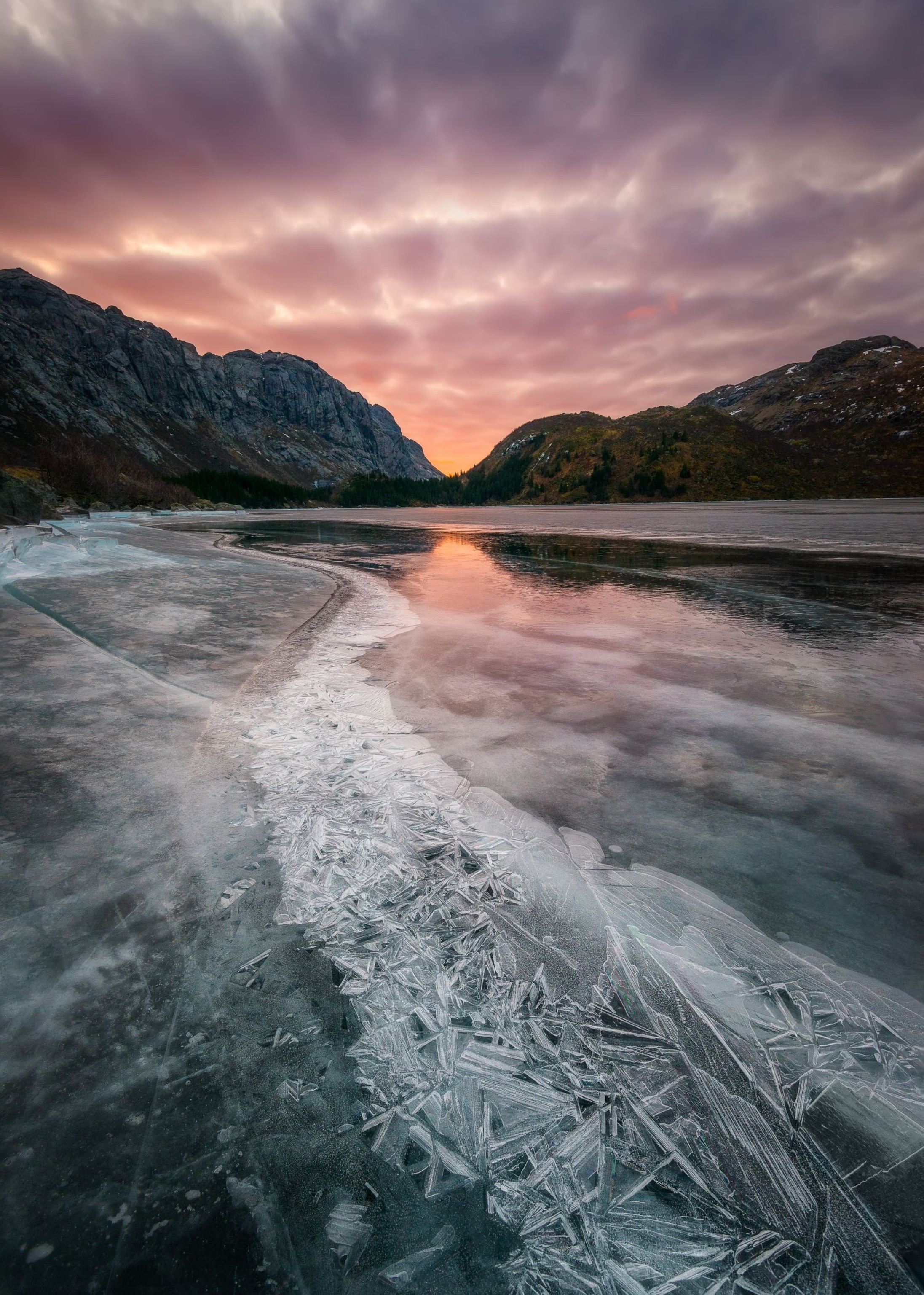
Similar ‘danger selfies’ are frequently shared from Preikestolen's Pulpit Rock, a vertiginous cliff over a similarly deep drop (this one a mere 604 metres) to the waters of Lysefjord—and, above the same waters, astride the Kjeragbolten, a boulder caught between two pincers of rock. Vertical indeed.
Selfie hunters aside, the secret is clearly out—all of which suggests there may be difficulty in capturing fresh angles on this place. “Look at other photographers’ work for inspiration, but don’t copy,” says Stian Klo. “Be inquisitive in the sense of asking yourself questions such as, how did they do this, when did they shoot it, how did they get there, and then try and learn from that. Also, be patient—and don't be afraid to go out in ‘bad’ weather.” (Within reason, of course.)
Grand designs
Outside of the environs of Frozen, Norway's fantastical landscape has a long history of being both setting and stage for memorable moments on both screen and page. The snowbound Hardangervidda plateau doubled for the harsh world of Hoth in The Empire Strikes Back. The town of Tønsberg plays a major role in the Avengers saga, while the fjordlands of the west were the award-winning achievement of ‘planetary architect’ Slartibartfast in Douglas Adams’ cult British radio series The Hitchiker's Guide to the Galaxy.
The mythology of the landscape runs deep, too—with forests and mountains home to trolls, the seas to water horses, and the skies to ghosts and gods. Of the more magical aspects of his homeland, Stian Klo is equivocal. “Just look at the landscape! There's got to have been some trolls or giants involved to create those incredible valleys and fjords,” he says, before clarifying: “though I personally have never seen one.”
Follow Stian Klo on Instagram.
This article was adapted from the National Geographic U.K. website.

